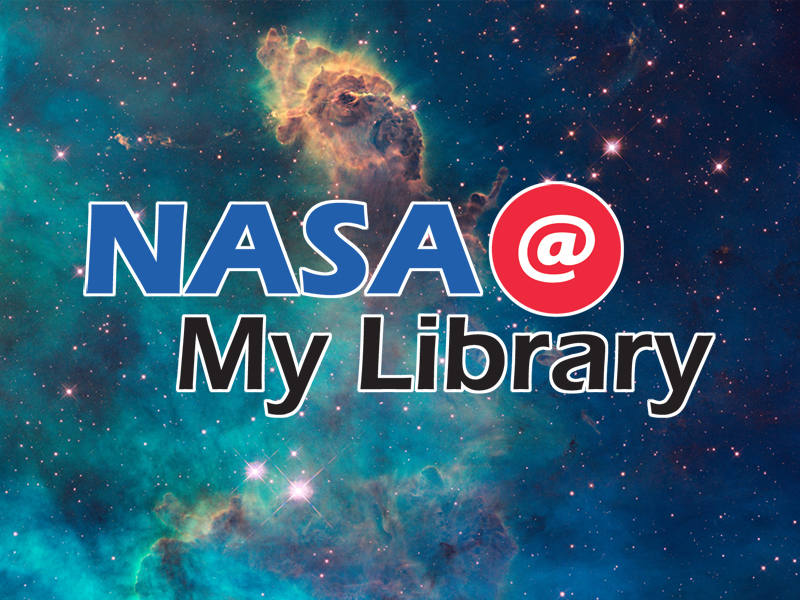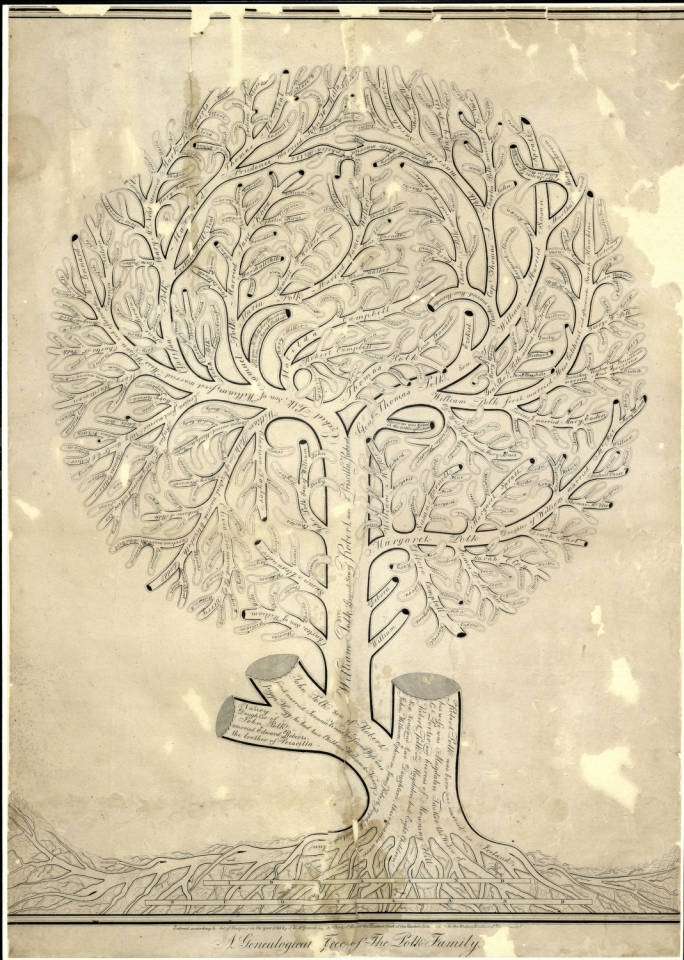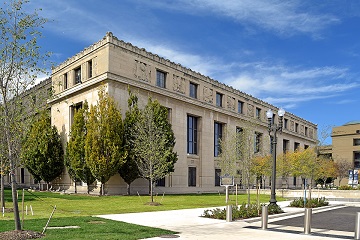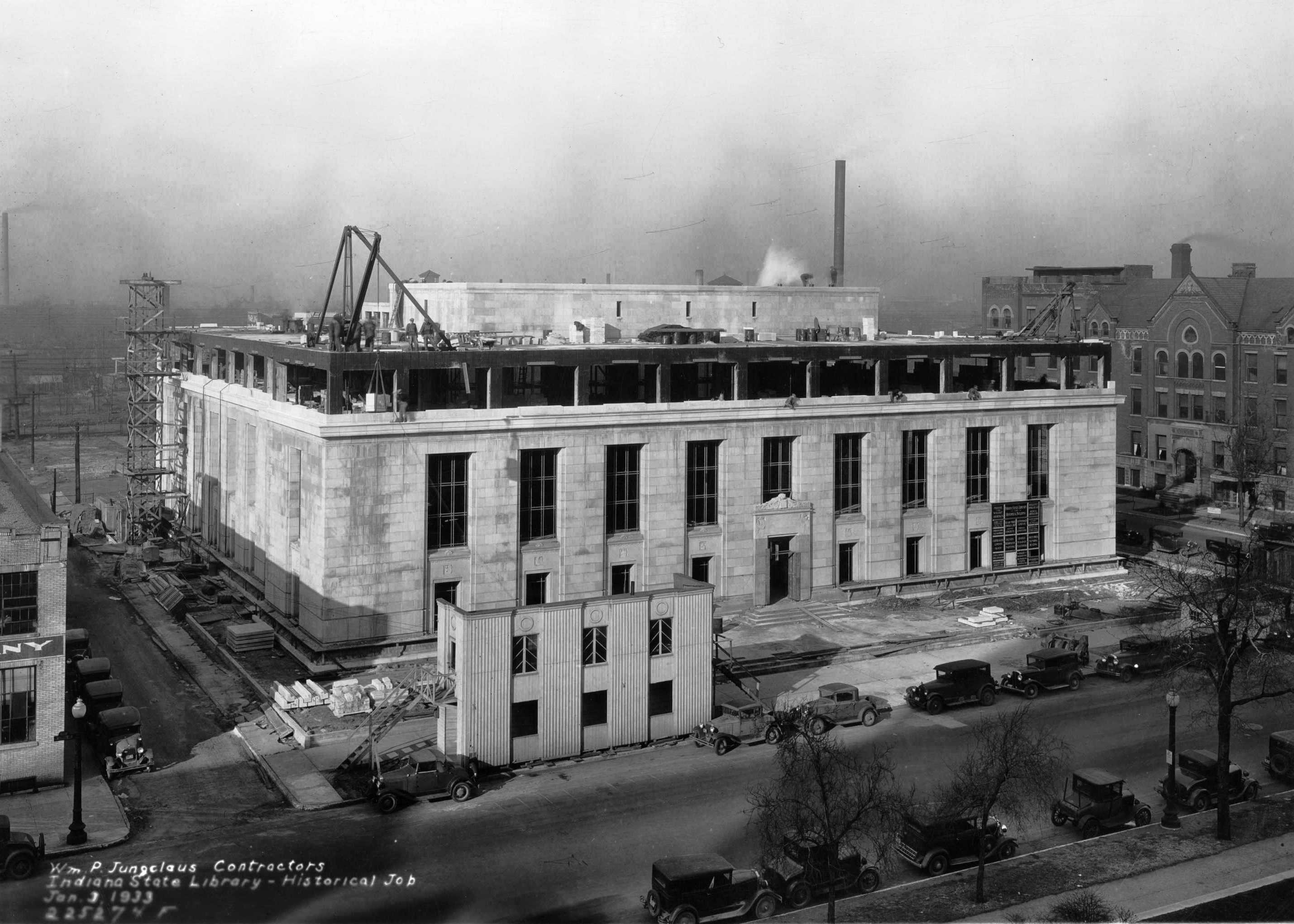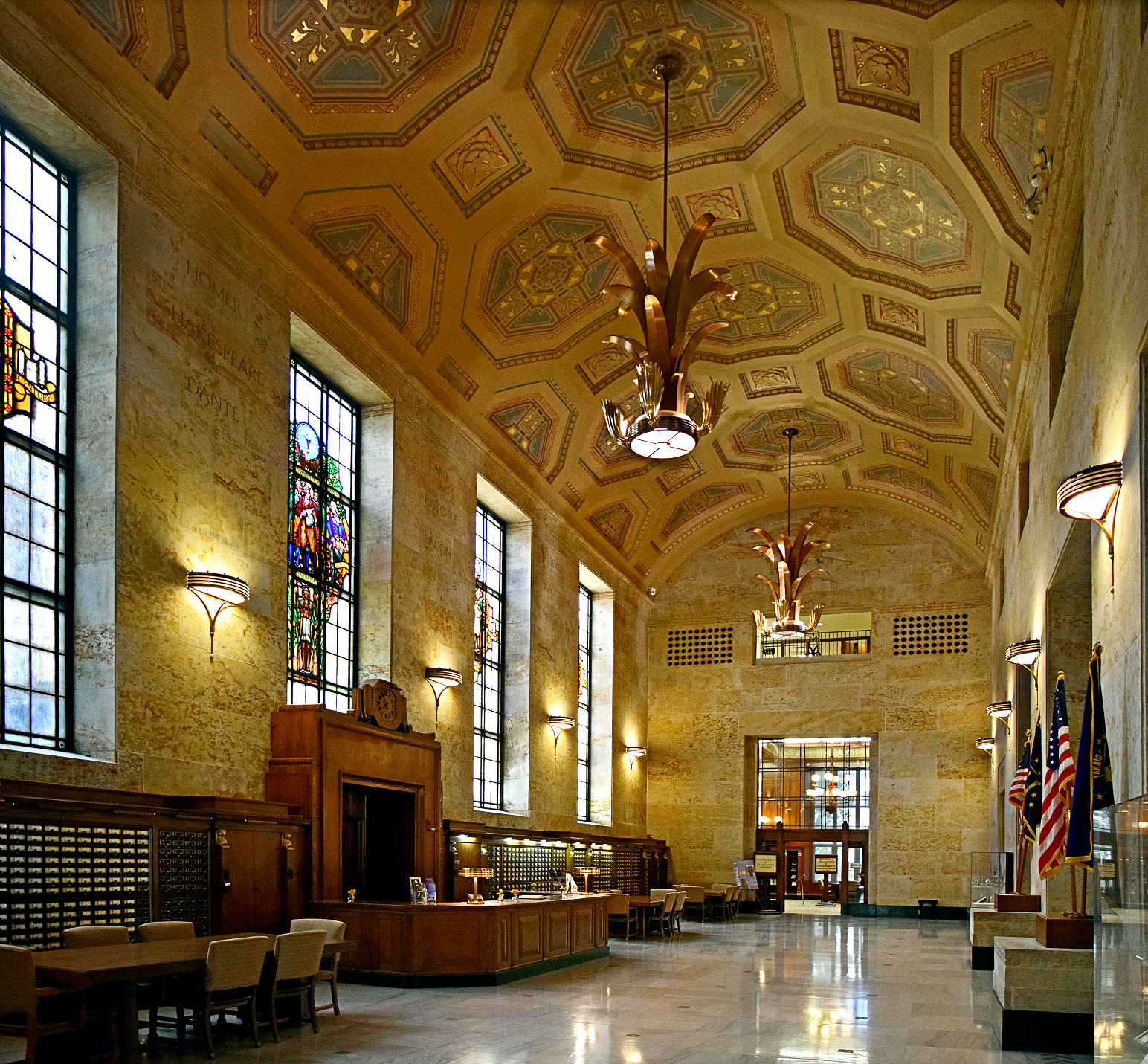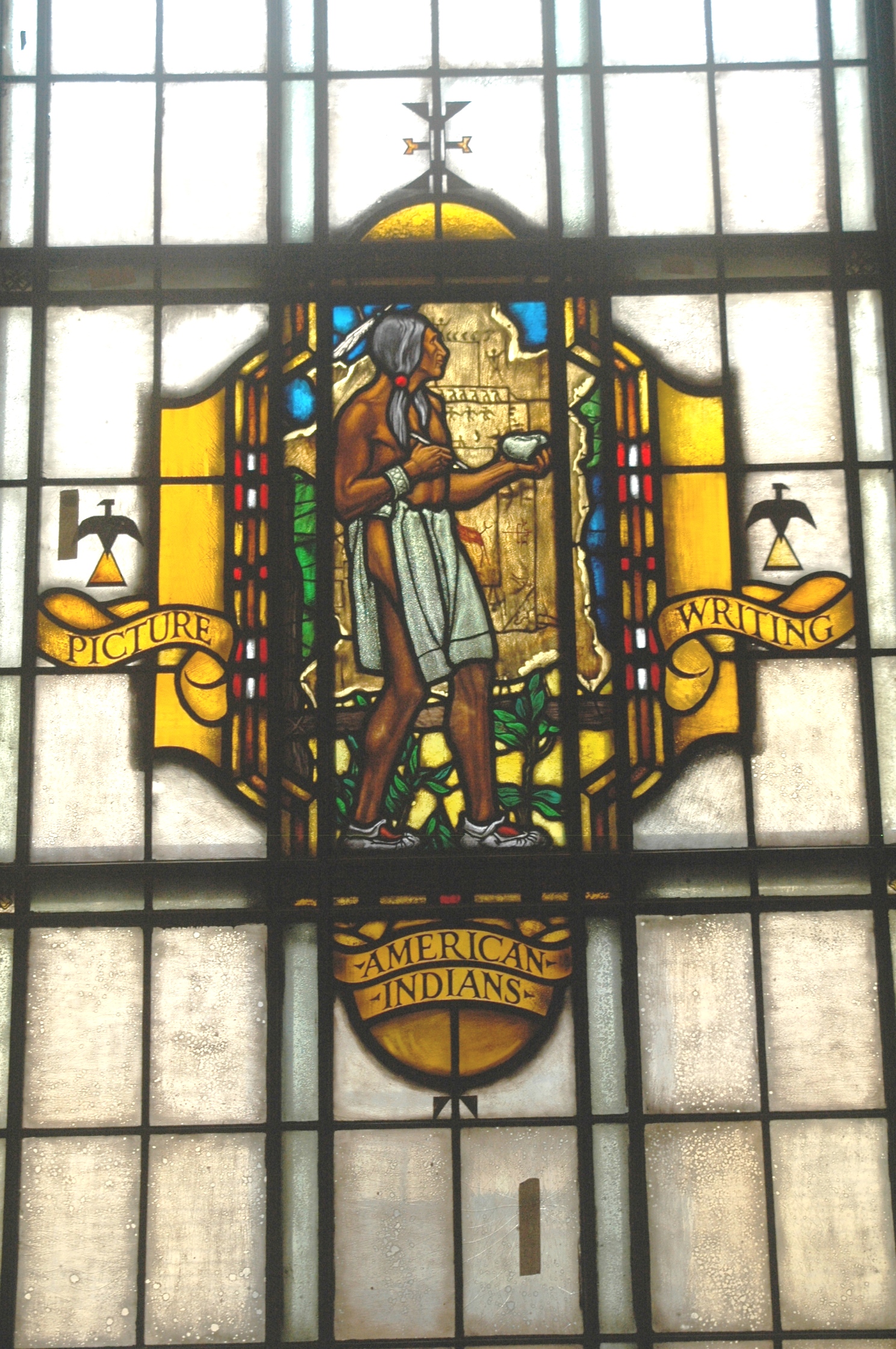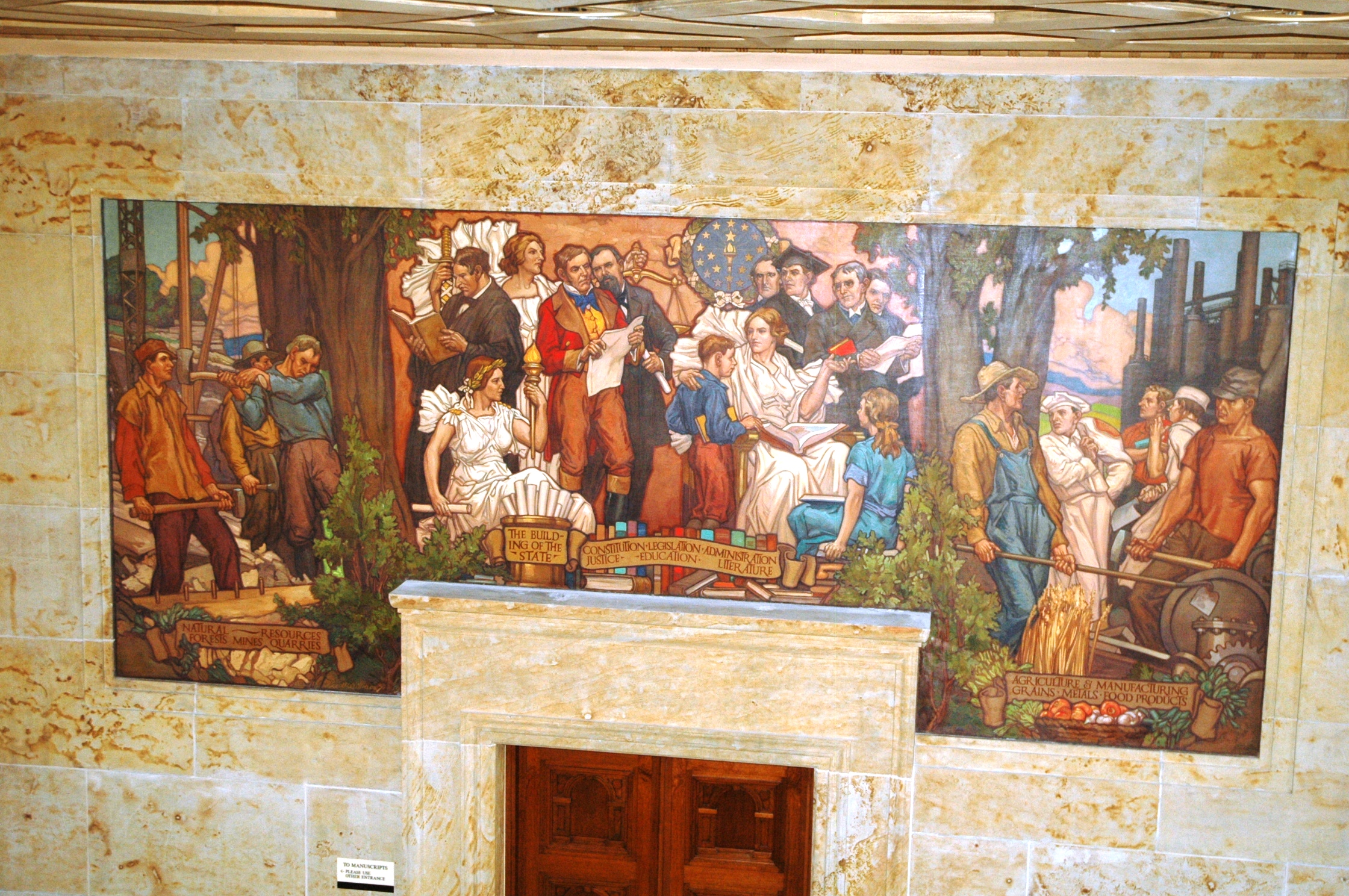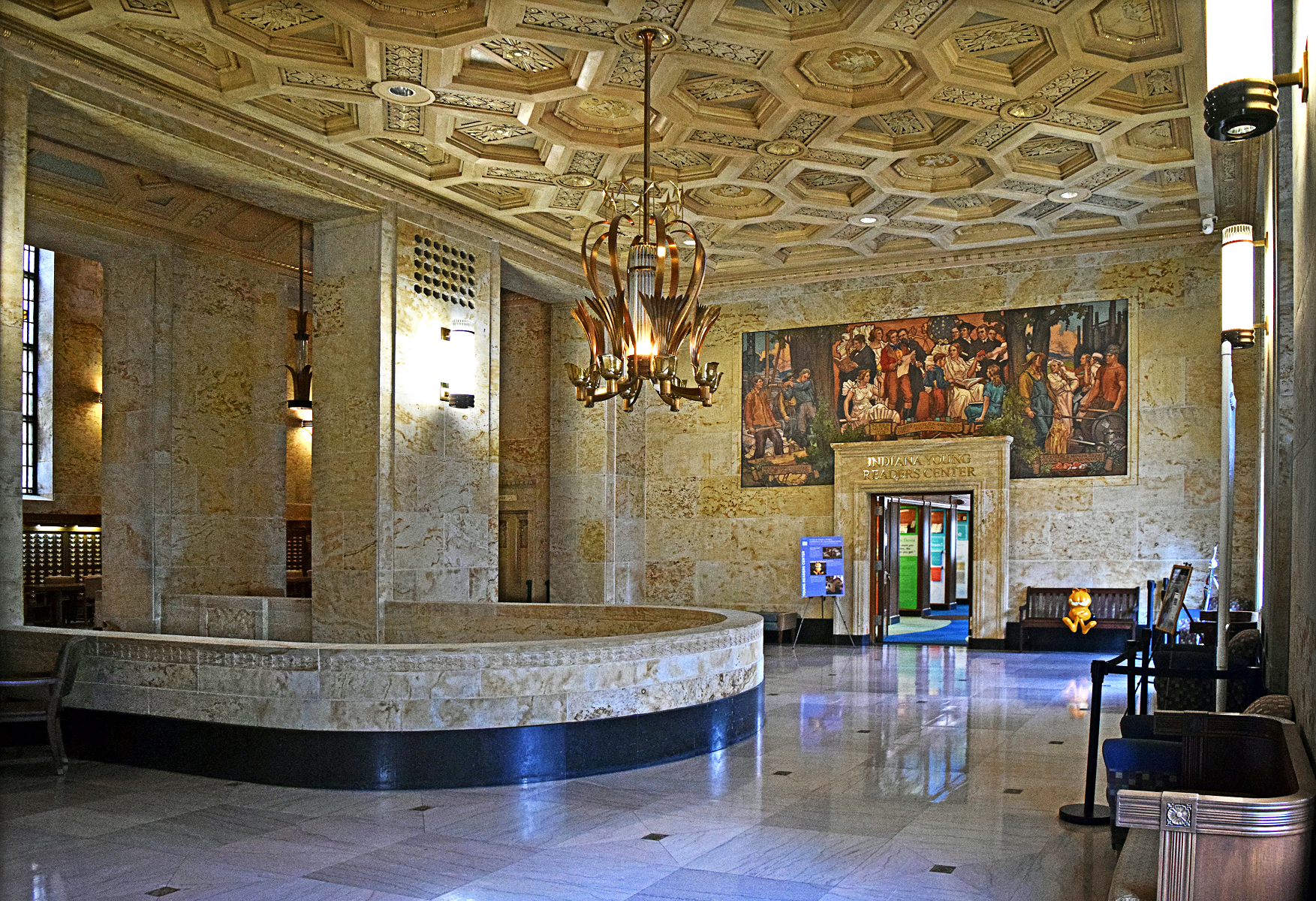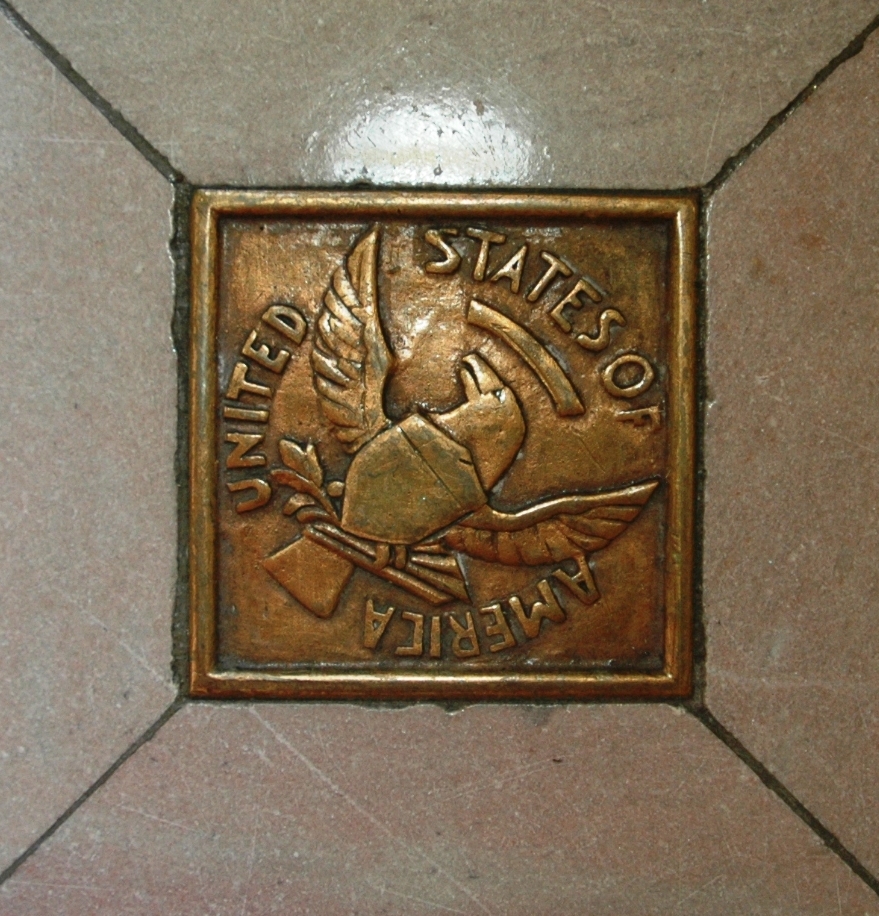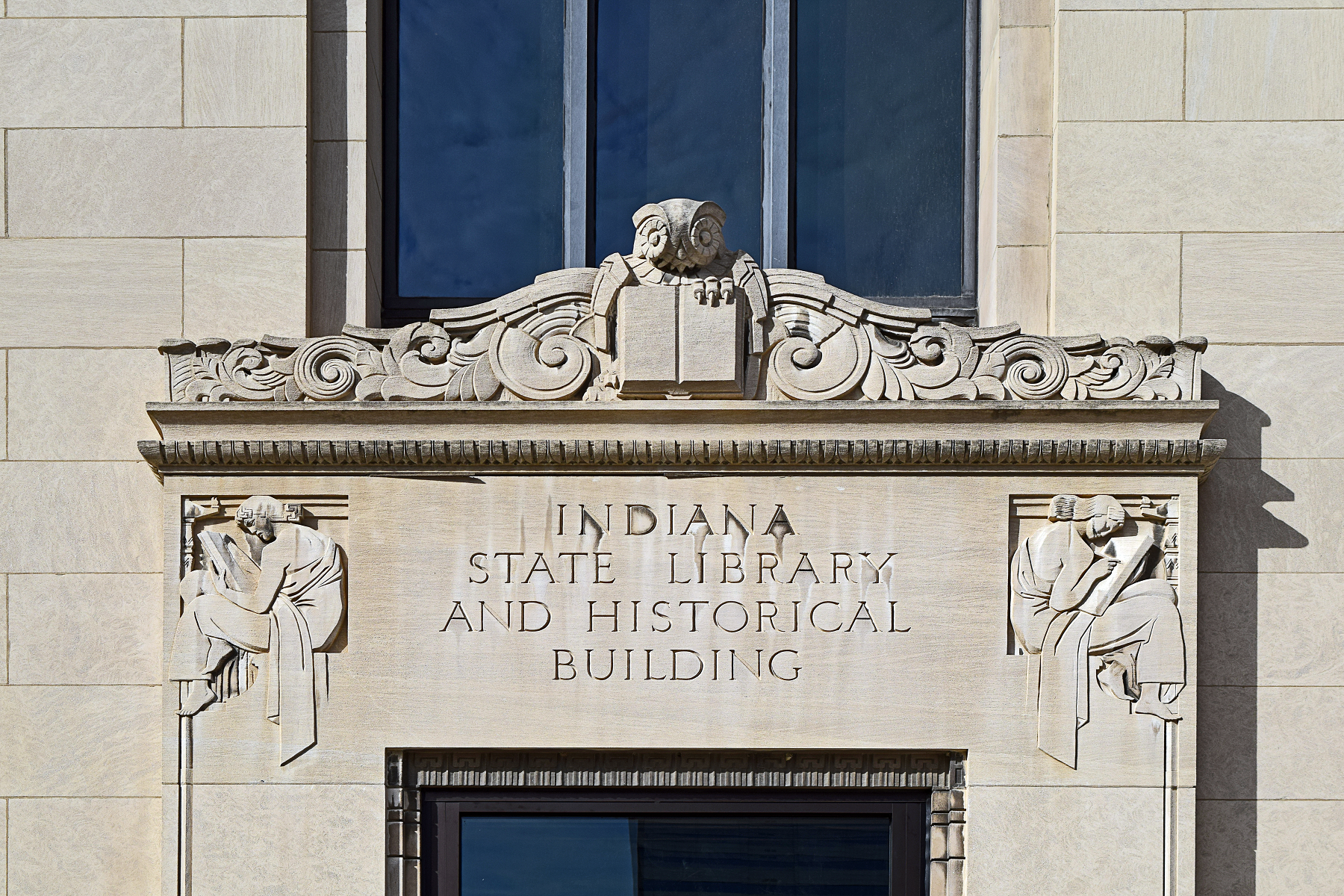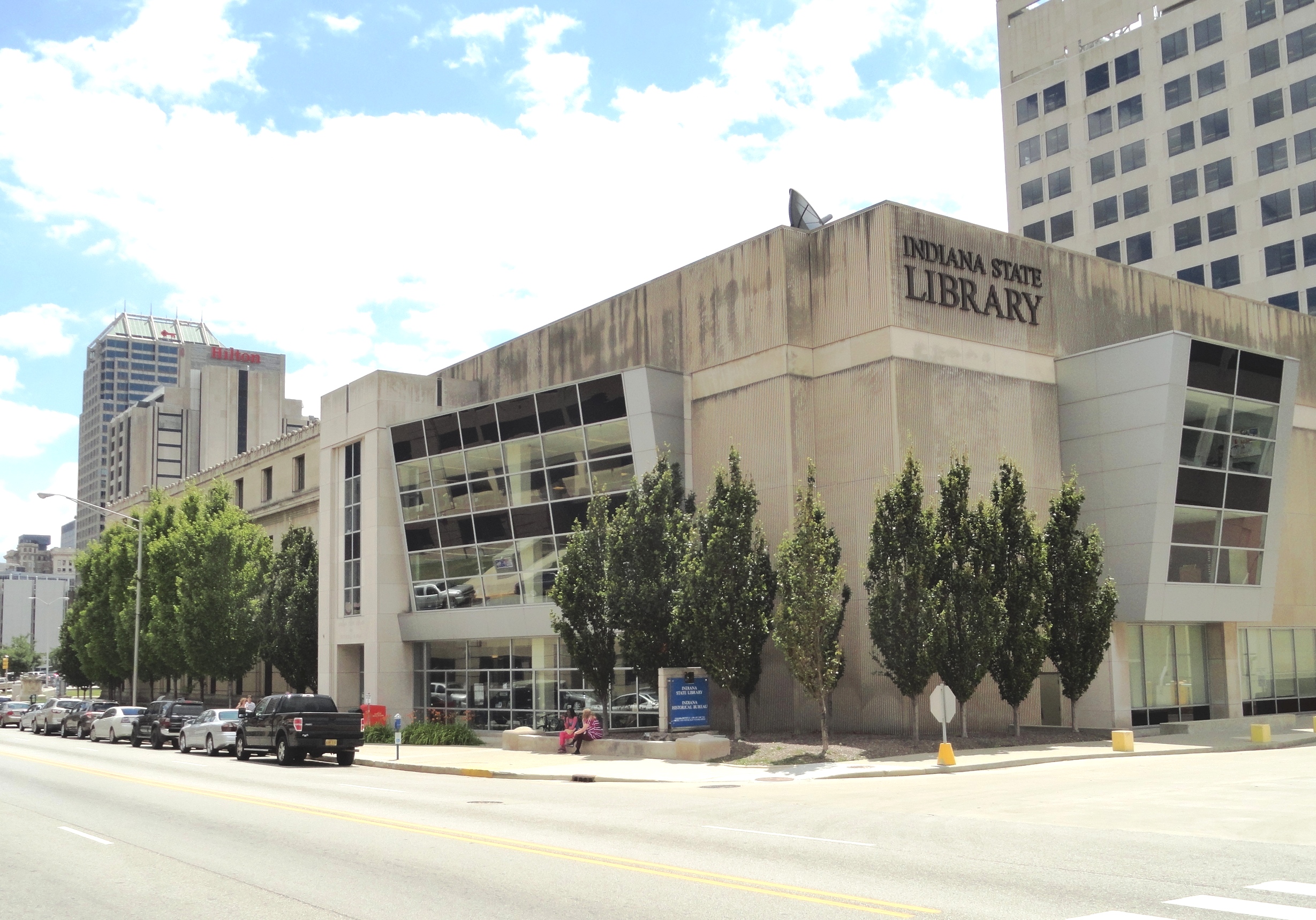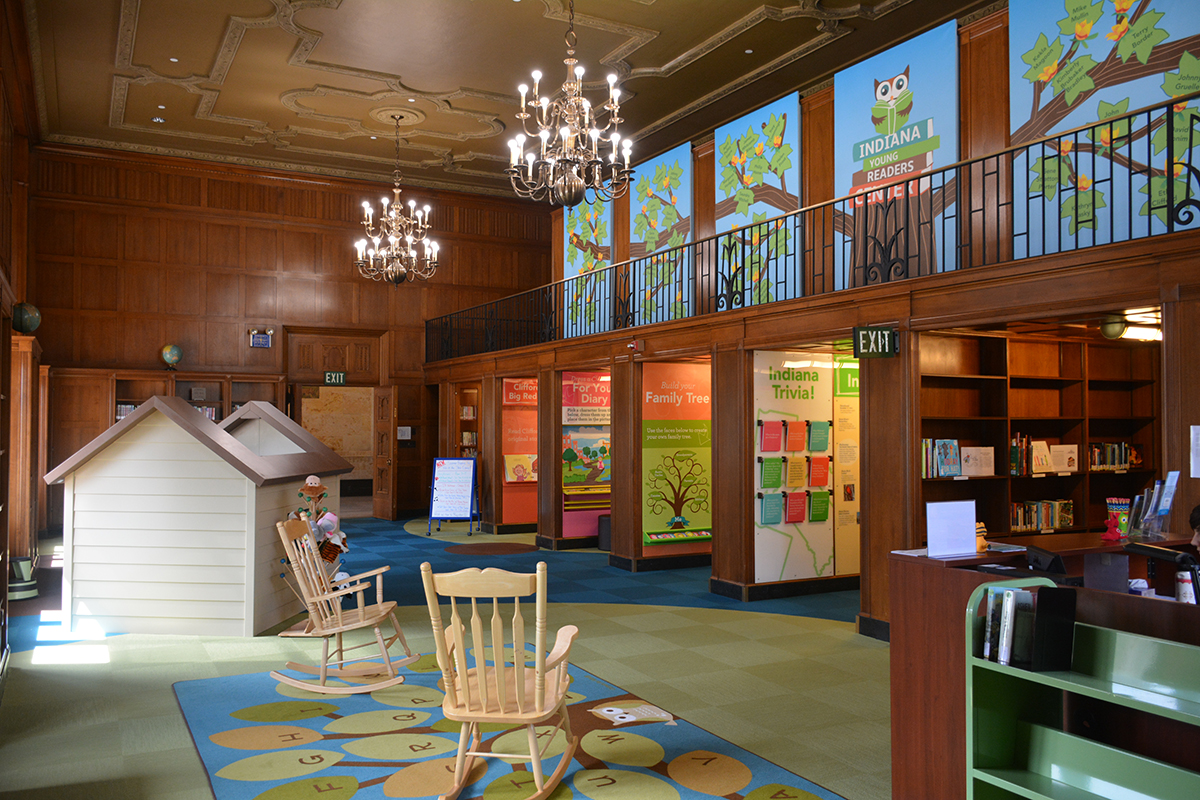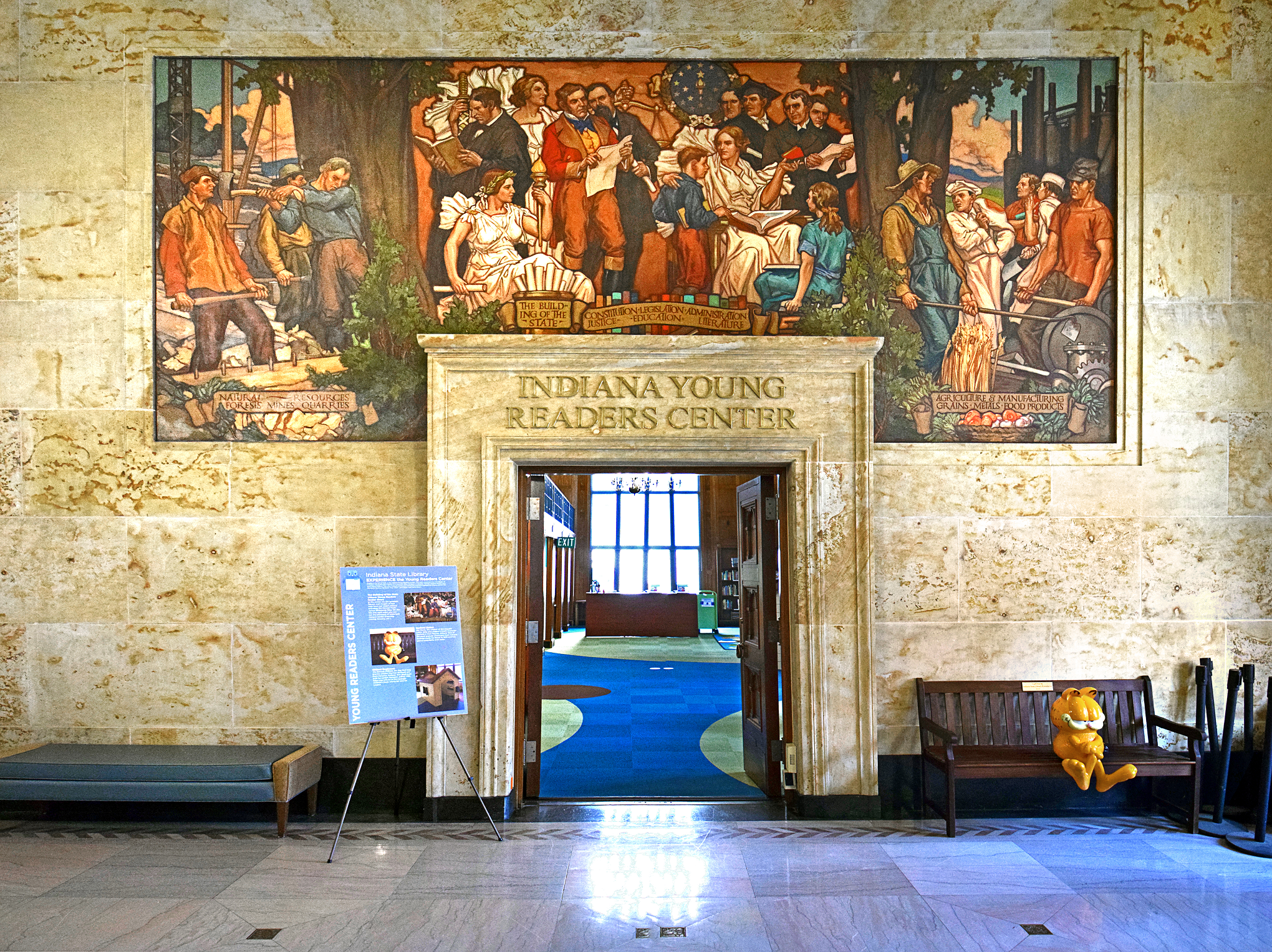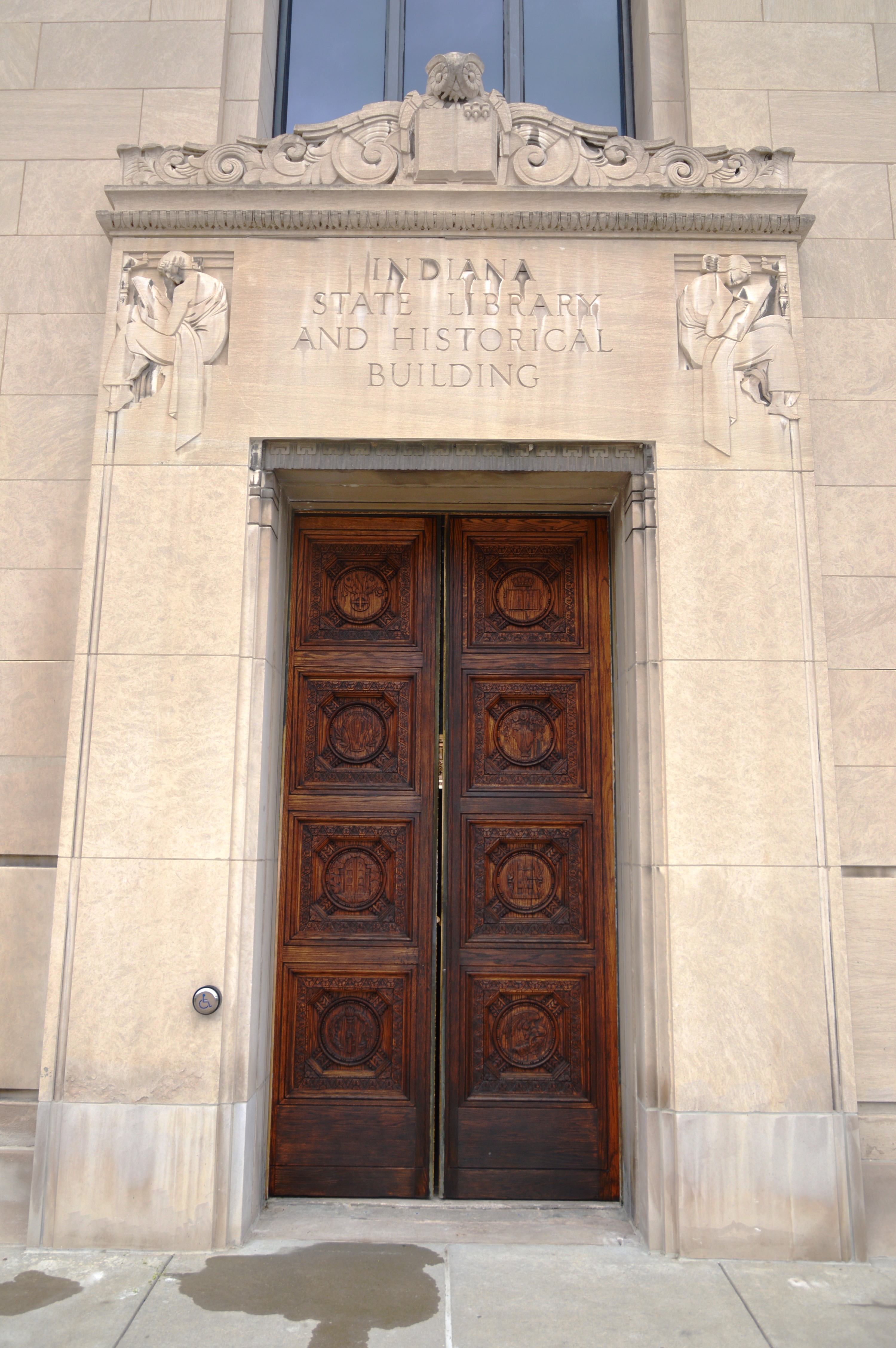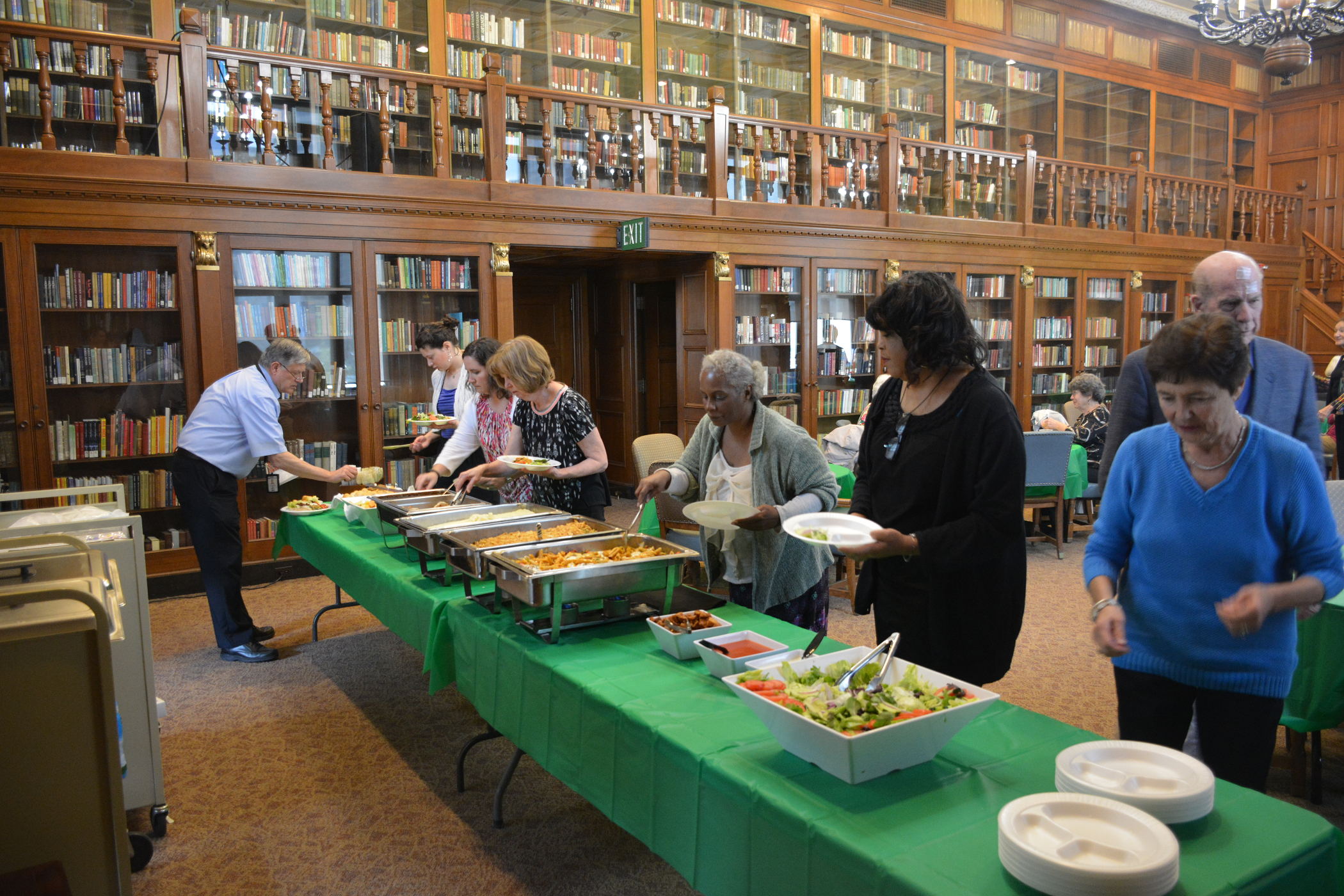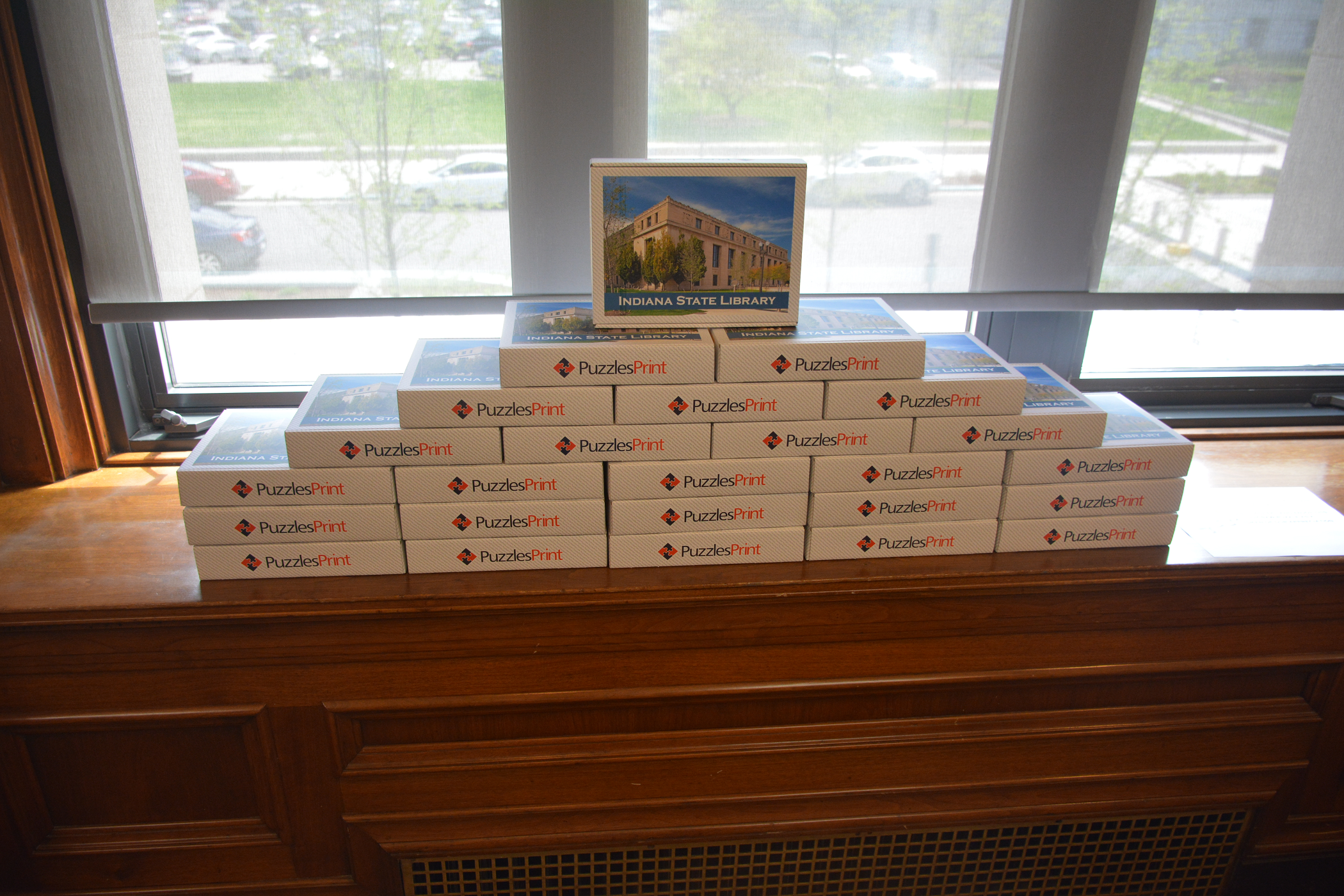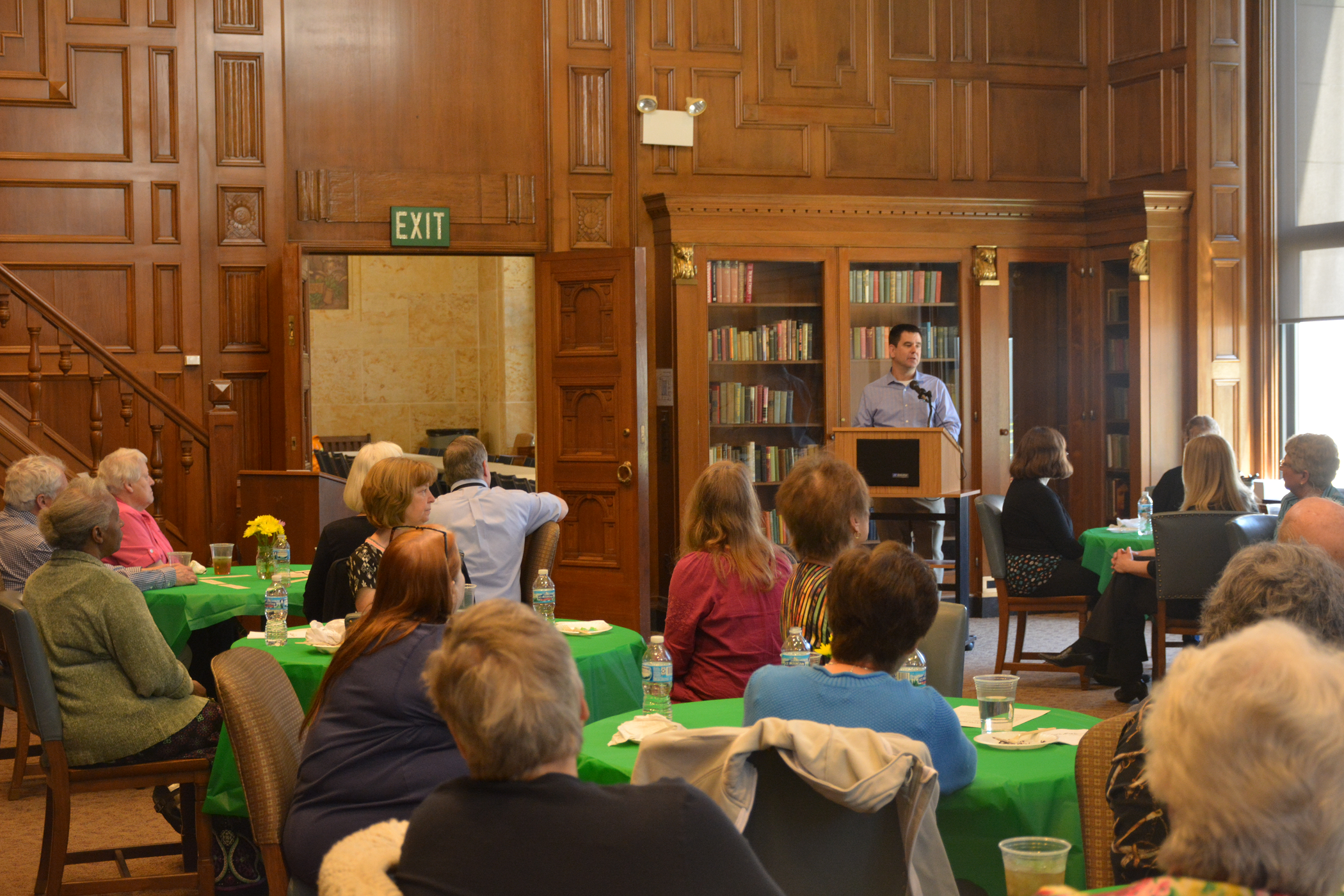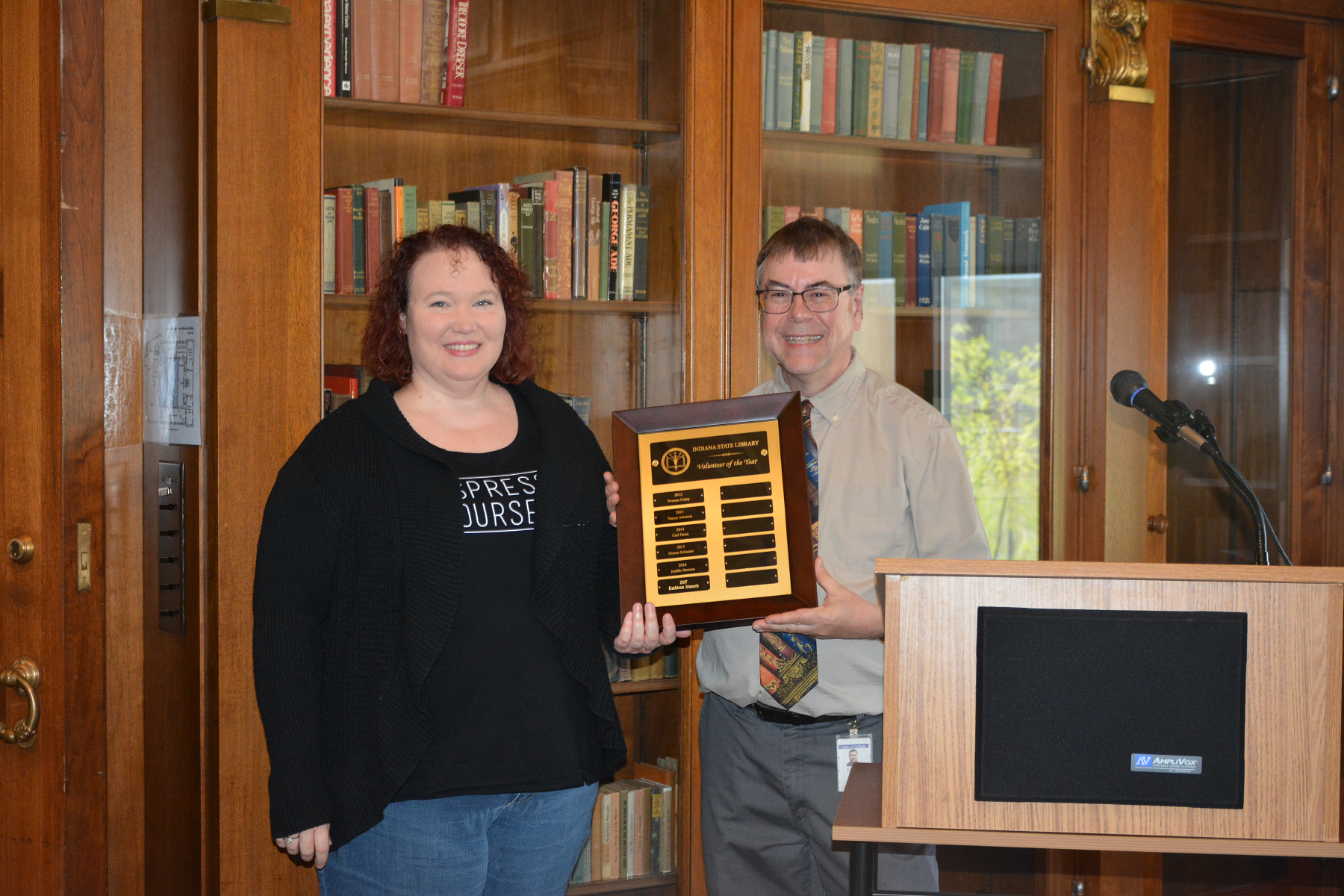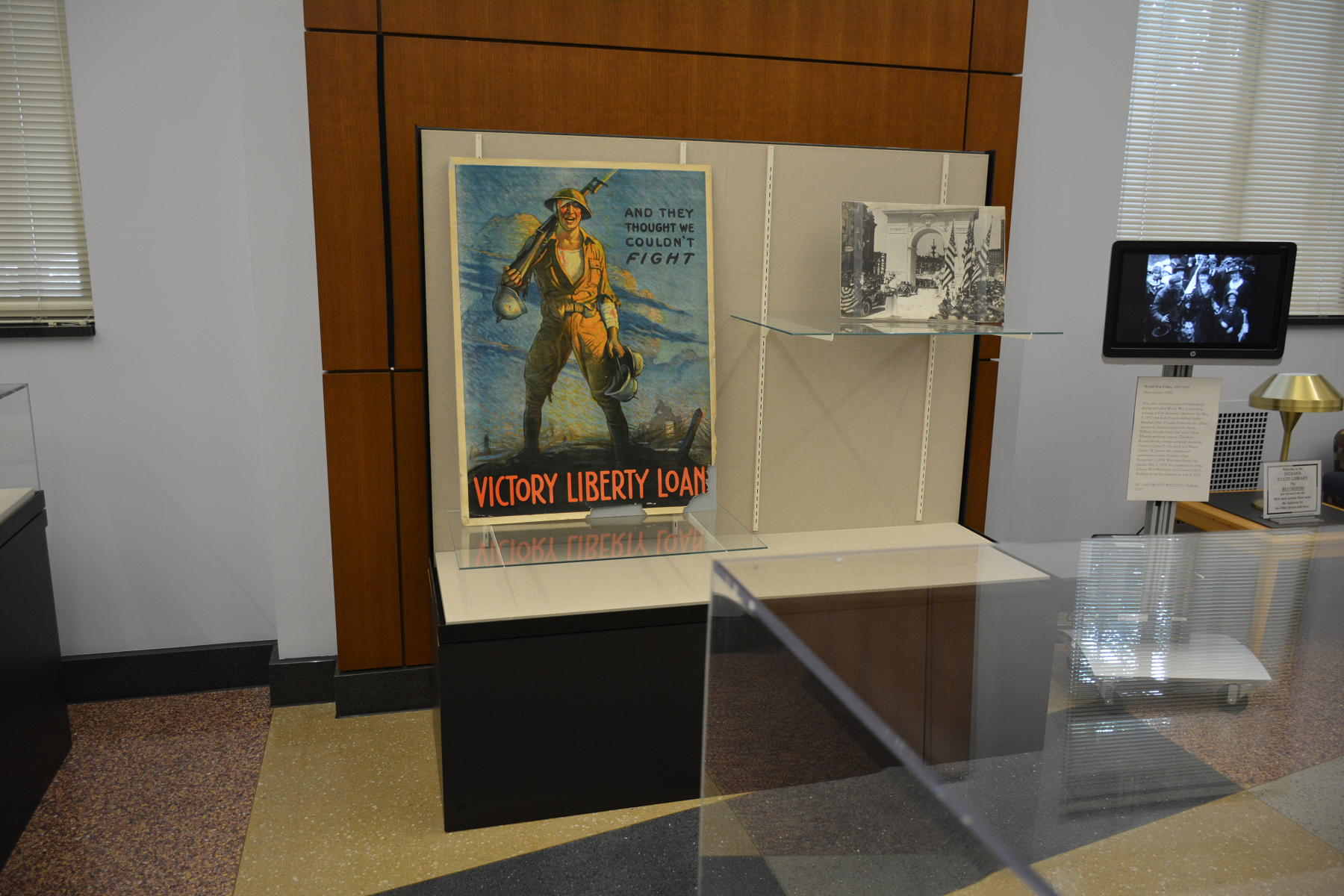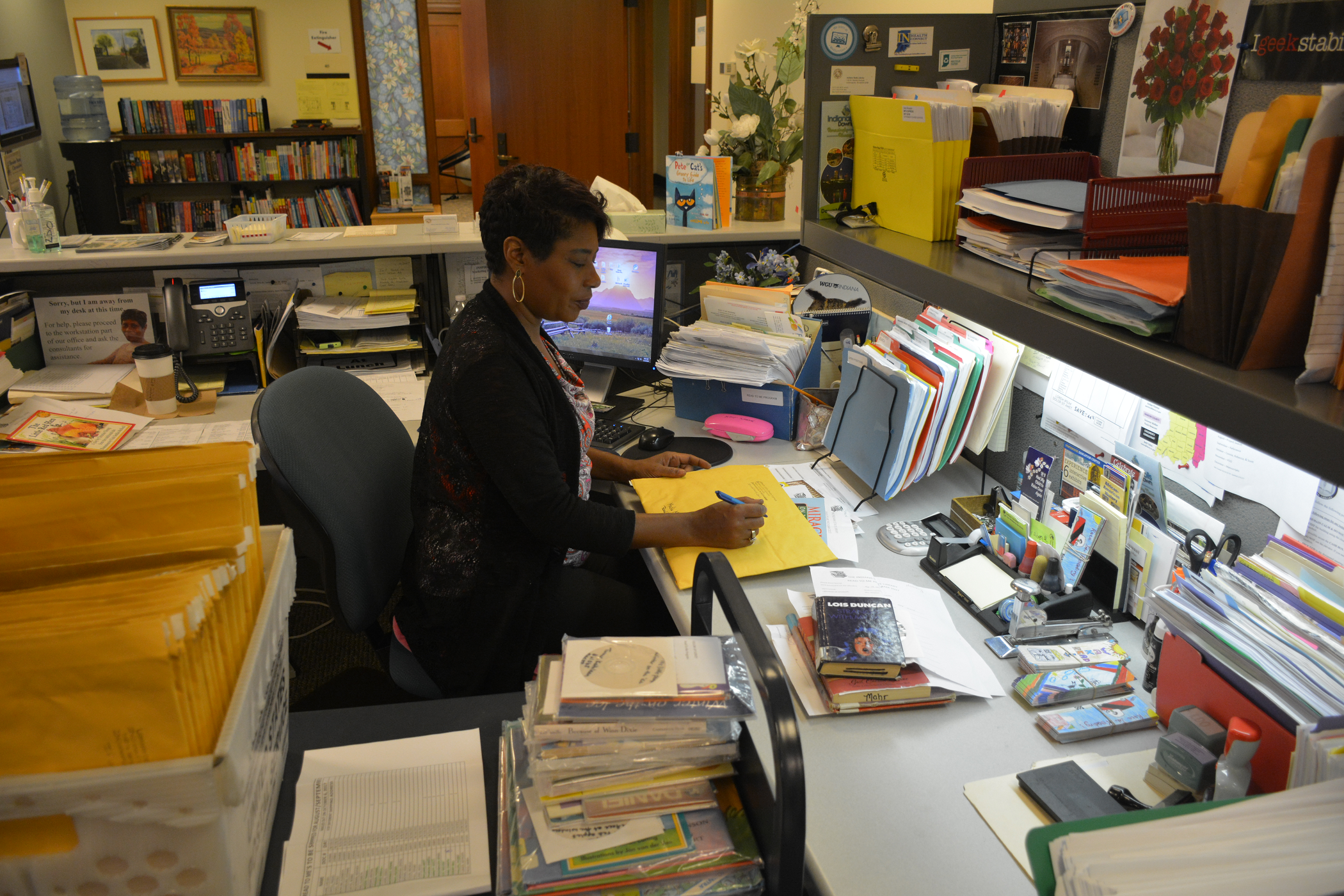In my role as children’s consultant in the Professional Development Office of the Indiana State Library, it’s my mission to offer training opportunities, best practices advice and general support to youth services library staff across the entire state. Out of my three years in this position, this year has been the busiest so far. I’ve been lucky to be involved in a number of exciting projects!
NASA @ My Library: The year began with the good news that the Indiana State Library would be part of the NASA @ My Library program. This program came with a grant that allowed us to create and circulate 13 kits that contained the materials to do a number of space-centric programs in libraries. These kits went to public libraries this summer to support their A Universe of Stories programs. And, you can continue to borrow them even though summer is over! Learn more about the kits here.
Leap Into Science: In February, I attended a training in Philadelphia for the Franklin Institute’s Leap into Science program along with my fellow Indiana Leadership Team members Nicole Rife from the Indiana State Museum, Renee Henry from the Terre Haute Children’s Museum and Sarah Reynolds from Early Learning Indiana. Through the training, we learned how to integrate open-ended science activities with children’s books during programs designed for children ages 3-10 and their families. We brought the program back to Indiana and offered four workshops for librarians and other out of school informal educators in August of 2019; we also plan to offer four more sessions in spring of 2020. Watch for those trainings to be announced early in the year. Read more about Leap into Science here.
YALSA “Teen Services with Impact”: In March, we brought in Linda Braun of YALSA to provide day-long trainings to teen services librarians and administrators about the impact libraries can have on the lives of teens. The sessions discussed how teen librarians can describe the value of what they do for and with teens, and built an understanding of how social emotional learning fits into the work they do for and with teens.
Collaborative Summer Library Program: In September, Indianapolis was thrilled to host representatives from every state, along with several US Territories and island nations, for the CSLP Annual Meeting. At the meeting, we voted to use Oceanography as our general theme in 2023; the slogan will be voted on in 2020. The artist in 2023 will be Frank Morrison. In November, I began traveling the state to offer 11 CSLP training/roundtables on the 2020 program, Imagine Your Story. Dates and locations for the remaining trainings can be found on ISL’s Calendar of Events.
YALSA Connected Learning & Computational Thinking for Teens: At the end of September, I was excited to go to Seattle to be trained by the excellent folks at YALSA on how to incorporate Connected Learning and Computational Thinking into programming for teens. Youth Services Consultants like me from across the US attended these trainings, and we’ll all be rolling out various workshops for teen librarians in early 2020. Watch for Connected Learning trainings in March!
Every Child Ready to Read: As always, I offered a number of ECRR trainings across the state this year. I’m currently in the process of planning another batch for 2020, and hope to announce those by the end of 2019.
In addition to all of that, I continue to offer a set list of trainings, which I can do by-request for library staff days and round tables. I intend to add one or two new trainings to that list in 2020, so keep an eye out.
I hope the upcoming new year is an excellent one for you, your library and the youth you serve!
This blog post was written by Beth Yates, children’s consultant for the Indiana State Library.

